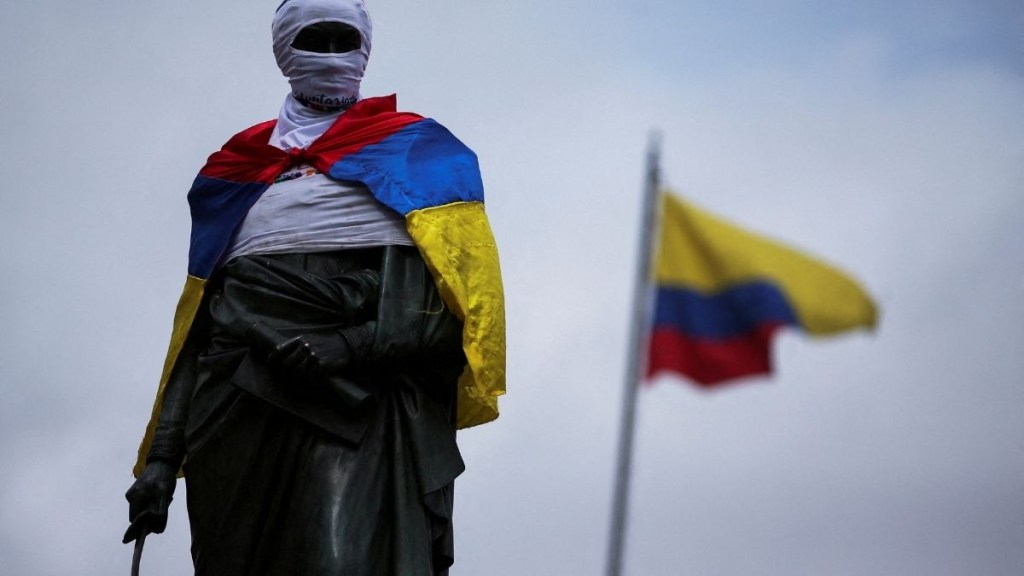Latin America, with a third of its population between the ages of 23 and 40, is experiencing a palpable generational shift in its political arena. This fresh wave of leadership could be the key to unlocking the region’s immense potential.
The twilight years of 2021 marked a historical moment for Chile when 35-year-old Gabriel Boric was chosen as the country’s president, emphasising the trend of younger leadership. This echoes similar shifts in countries like Costa Rica, where Carlos Alvarado ascended to the presidency at 38, and El Salvador, with then-38-year-old Nayib Bukele’s election.
Daniel Noboa, 35-year-old heir to a fortune amassed through the banana trade, has become the president of Ecuador, marking a significant shift in the nation’s leadership. Amidst a rising tide of drug-related violence, his journey to power unfolds, casting a shadow of apprehension over the people of Ecuador. They live in a perpetual state of unease, seldom daring to step beyond the refuge of their own dwellings.
However, what does this shift mean for Latin America and the Caribbean’s economic and political landscape?
For decades, the weight of Cold War legacies and the stronghold of older political establishments reigned supreme. The bureaucratic nature of long standing political outfits, such as Argentina’s Peronists and Chile’s Concertación coalition, combined with the staggering cost of electoral campaigns, hindered the ambitions of young aspirants.
Yet, in the face of challenges, from battling low-quality education to navigating traditional political ideologies, the millennial leaders of today emerged. Corruption scandals, economic stagnation, and widespread protests in the late 2010s weakened the stronghold of established entities, paving the way for this new leadership.
There are identifiable trends among these emerging leaders:
Anti-incumbent Stance: Most millennial politicians are championing the voice of the common man against established incumbents. Their relatively short political histories lend them authenticity, positioning them as true representatives of change.
Political Flexibility: Many young politicians are swiftly adapting, often discarding or switching party affiliations to realign with the changing sentiments of their constituents. This agility underpins a broader shift from rigid party loyalties to issue-driven politics.
Digital Acumen: Embracing the digital age, these leaders are adept at leveraging social media platforms to connect with younger, previously disengaged segments of the electorate.
This millennial wave is not just about age; it’s about progressive policy. Previously on the periphery of political discourse, environmental concerns are now taking center stage. There’s a concerted push towards greater inclusivity, seen through efforts to reduce gender and ethnic disparities in political representation. Bold moves by leaders like Marina del Pilar and Eduardo Leite further showcase a region slowly shedding its traditional social taboos.
Latin America’s youthful political transition carries significant implications for its future. If guided judiciously, this transition can foster innovation, challenge the status quo, and usher in an era of meaningful change for the region. As young leaders rise, so do the hopes and expectations of their people. The global investment community would do well to monitor these emerging leaders, as their decisions will undoubtedly shape the economic trajectory of Latin America and the Caribbean.
